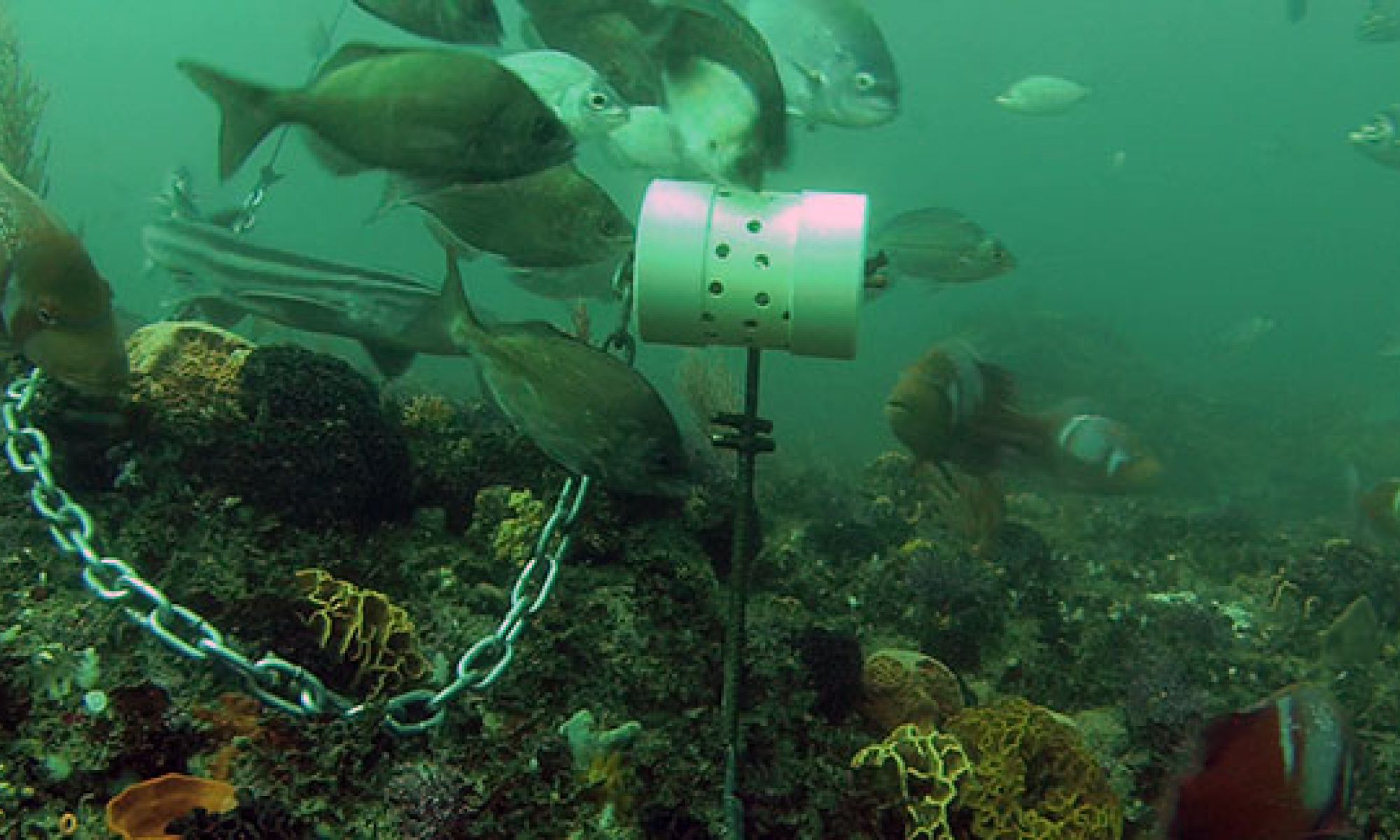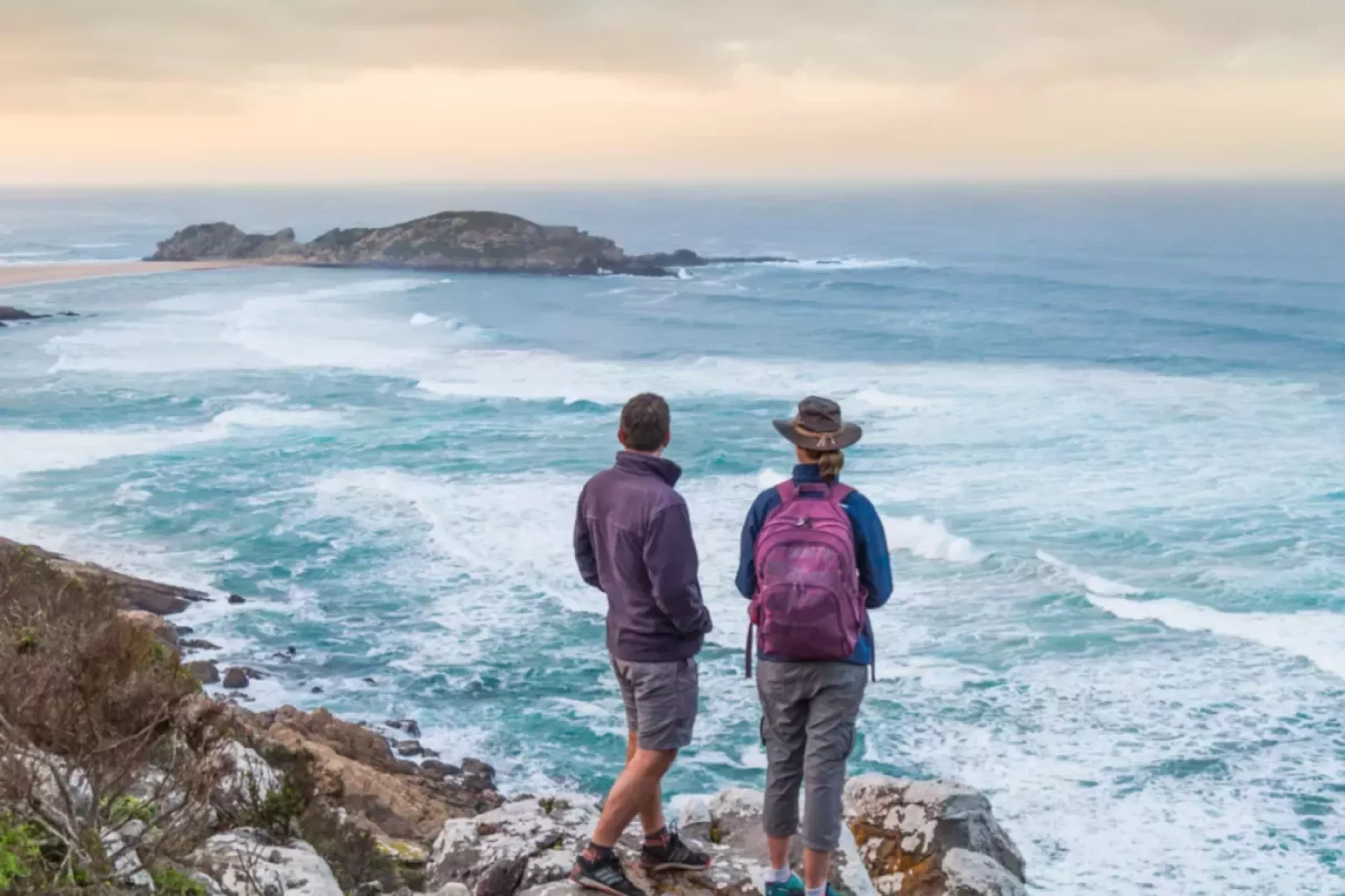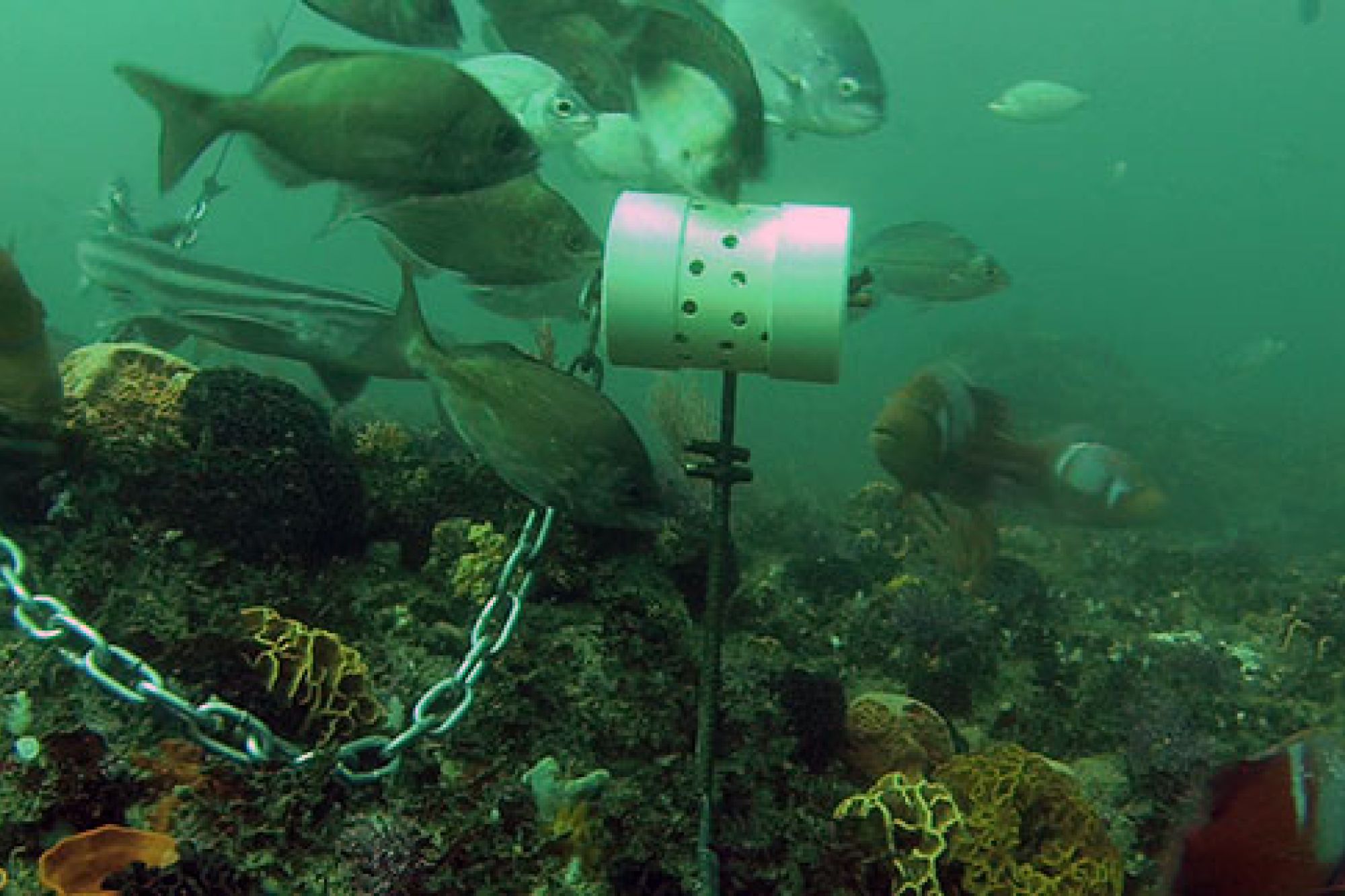
Communities and Conservation working together for sustainable oceans
Baited Underwater Videos (BRUVs) - Innovation for a Sustainable Ocean
Marine protected areas (MPAs) aim to conserve marine life and promote the conservation and effective management of ecologically and biologically diverse marine areas. The social and economic context within which they exist also needs to be considered when planning and making management decisions. They are an example of successful collaboration between civil society, communities and government who need to work together to conserve our valuable marine resources.

CapeNature currently manages six MPAs on behalf of the Department of Environmental Affairs: Oceans and Coast, namely Robberg, Goukamma, Stillbaai, De Hoop, Betty’s Bay and Rocherpan. CapeNature is also involved in the monitoring and management of MPA buffer areas or zones of influence. The marine environment forms a continuum and does not allow for “boundary fences”.
An example of this is the Bettys Bay MPA which is situated on the Kogelberg Biosphere Reserve coastline. The area is well known for its rich ecological and biological diversity and productivity. The MPA forms the core marine conservation area within the Kogelberg Biosphere Reserve which is approximately 103, 629 hectares in size, of which a core marine reserve area accounts for only 1,629 hectares. The marine buffer zone further extends for approximately 23,000 hectares. The rich and diverse marine life found here is owed to its position within the temperate south coast marine ecoregion which is subject to seasonal nutrient rich upwelling events. This area, a world heritage site, is home to many fishing communities that rely on the ocean as their only source of income and food. The area includes the towns of Rooi-Els, Pringle Bay, Bettys Bay and Kleinmond. Kleinmond has the largest fishing community and the other towns having only a handful of fishing rights holders. A decline in commercially important marine species such as Hottentot Seabream (Pachymetopon Blochii), Red roman (Chrysoblephus laticeps), Panga (Pterogymnus laniarius) and Carpenter fish (Argyrozona argyrozona) threatens their livelihood.
In order to sustain the Kogelberg small-scale fishery, the Kogelberg Small Scale Fishery Improvement Project was implemented by WWF and partners and one of the strategic objectives of this project was to conduct research and monitoring of line fish species. The innovative Baited Remote Underwater Video Systems (BRUVS) technology was implemented to achieve this objective. BRUVs are used to conduct multi-species surveys of line fish and West coast rock lobster in the Kogelberg Biosphere Reserve marine area as well as other MPAs along the Western Cape coastline.
A BRUV includes a video camera and bait canister containing fish that is attached at the opposite ends of a metal structure known as a rig. This is attached to a long rope with a buoy and deployed in the ocean from a boat at set points. Each BRUV is deployed at a different depth. The contraption records while it sinks to the ocean floor and the time it takes to reach the bottom is recorded to estimate the depth. The BRUV is left on the ocean floor for about 40 minutes on average to record activity of marine life at a specific area.

The species that move in and out of the frame are identified and the time of the first appearance of a species in the video frame is recorded. Throughout the video many individuals of the same species may move in and out of the frame. For this reason the highest number of the same species is recorded and the time of this occurrence is also recorded. This gives an indication of the abundance of a certain species in that area.

The Kogelberg BRUV research project involves local fishers with the collection of data and to some extent the data analysis. This data is used to research species diversity, relative abundance and behaviour of fish inside and outside of the Marine Protected Area (MPA). The project, a partnership between CapeNature, WWF and members of the Kogelberg Biosphere Marine Working Group, affords the fishers the ability to use this technology to gather information on fish stock levels for themselves.
The two fish families that are relatively well represented among endemic speices are Sparidae and Clinidae and Sparidae is heavily targeted by fisheries thereby making many species in this family of conservation concern. Some of the important species flourishing in the Bettys Bay MPA include:
- Blue hottentot (Pachymetopon aeneum)
- Panga (Pterogymnus laniarius)
- Carpenter Seabream (Argyrozona argyrozona)
- Roman Seabream (Chrysoblephus laticeps)
- Steentjie (Spondyliosoma emarginatum)
- Fransmadam (Boopsoidea inornate)
- White Steenbras (Lithognathus lithognathus)
- Zebra (Diplodus hottentotus)
- Red Steenbras (Petrus rupestris)
- Bronze bream (Pachymetopon grande)
- Janbruin (Gymnocrotaphus curvidens)
- Jutjaw (Parascorpis typus)
- Pyjama catshark (Poroderma africanum)
- Puffadder shyshark also known as Happy Eddie (Haploblepharus edwardsii)
- Leopard catshark (Poroderma pantherinum)
- West Coast Rock Lobster (Jasus lalandii).
BRUVs give the fishers tools to better understand marine species and ecosystems as well as the need to conserve them; and brings science and people closer together. BRUV data also allows us to relate fish species to habitat type and therefore gives us a good idea of which species we find in which areas and how common certain species are. Getting the community involved allows fishers to begin to understand how they can play a role in conservation using their knowledge and assets.

Fishing communities are encouraged to participate in conducting these surveys and to take part in research activities as it essential to build local capacity and understanding of the value of long-term marine species monitoring and management. Fishermen are a vital component of this project seeking to establish the relative abundance of fish and west coast rock lobster stocks within the Bettys Bay Marine Protected Area (MPA).




